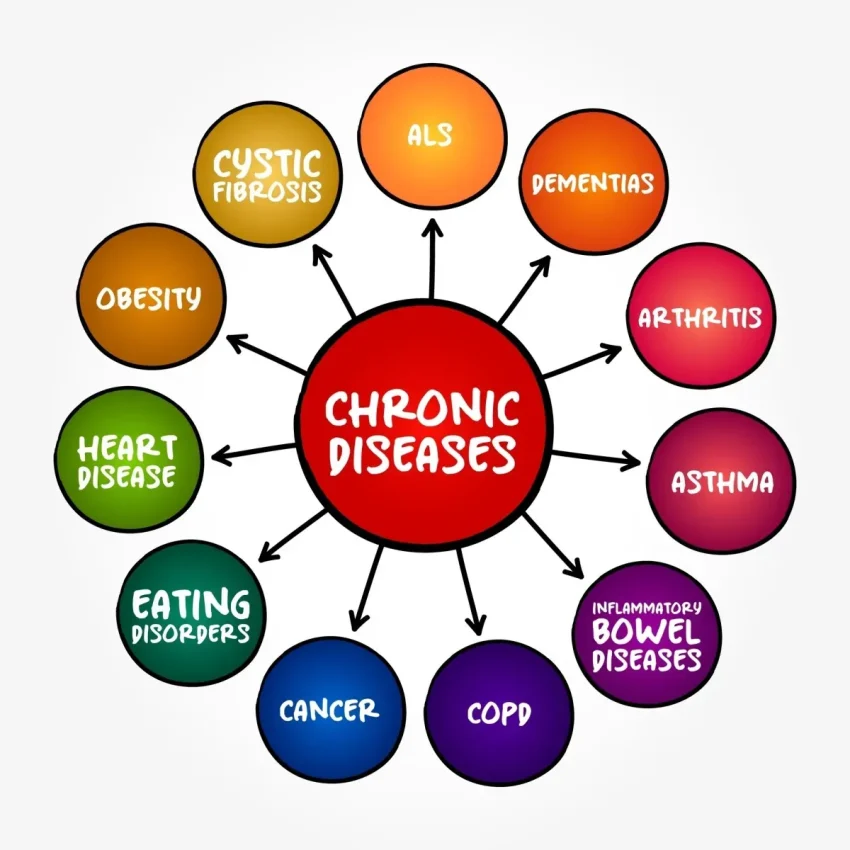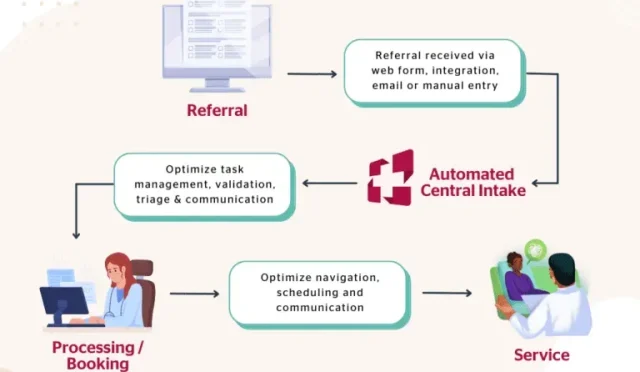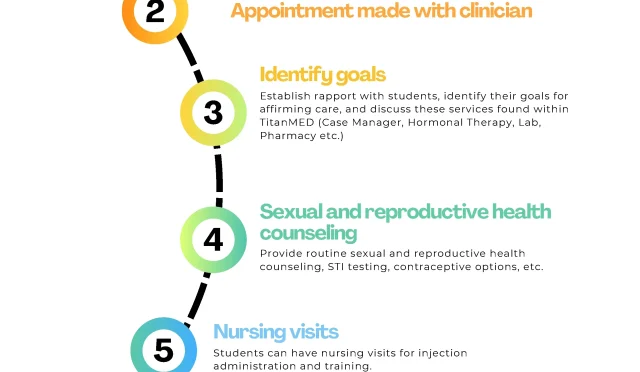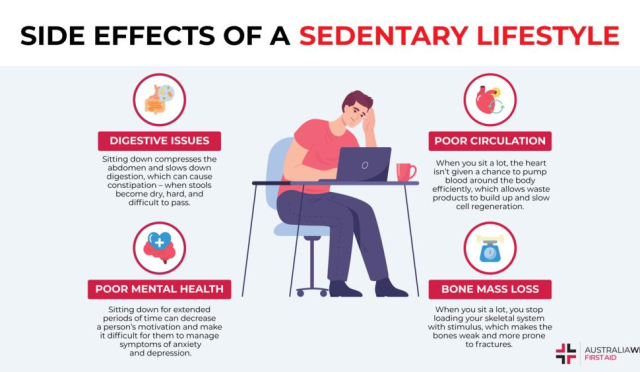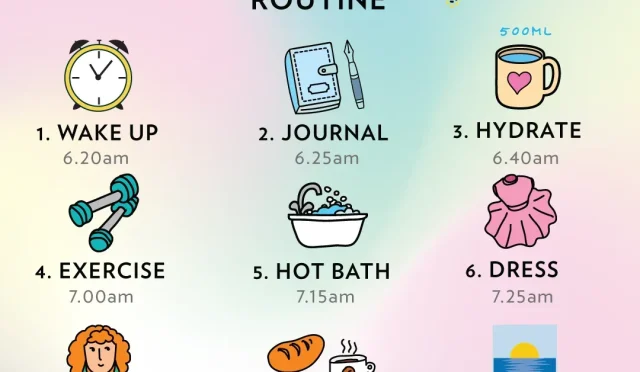Chronic Diseases: What’s Missing From RFK Jr.’s MAHA Report
Chronic diseases represent a critical public health challenge in the United States, accounting for the majority of healthcare expenditures and posing significant threats to overall life expectancy. With conditions like obesity, diabetes, heart disease, and cancer on the rise, it’s clear that chronic disease prevention must take center stage in our health policies. The recent report from RFK Jr.’s Make America Healthy Again Commission shines a light on these alarming trends but falls short of addressing the root causes effectively. It’s vital that any discussions revolving around chronic diseases not only acknowledge their prevalence but also promote evidence-based strategies aimed at reducing their incidence. To truly mitigate the impacts of chronic conditions, the nation must prioritize public health initiatives that foster better lifestyle choices and tackle the social determinants of health head-on.
Noncommunicable diseases, often referred to as chronic conditions, encompass a wide range of health issues that persist over time and significantly impact the quality of life. These ailments, which include heart diseases, strokes, and respiratory diseases, are influenced by various factors such as lifestyle choices, environmental conditions, and socioeconomic disparities. The urgent need for comprehensive strategies to address these persistent health threats is mirrored in national discussions about healthcare reform and public health policies. As we explore the prevention of such diseases, it becomes essential to recognize the interconnectedness of health education, early intervention, and social support systems. By acknowledging the multifaceted nature of these challenges, we can pave the way for more effective interventions and healthier communities.
The Urgency of Addressing Chronic Diseases
Chronic diseases have emerged as one of the most critical public health challenges in the United States, responsible for a staggering 70% of deaths each year. Approximately 40% of adults are affected by some form of chronic illness, which underscores the urgent need for effective prevention strategies. With healthcare expenditures related to chronic conditions reaching over $4.5 trillion annually, it is essential that public health policies pivot towards evidence-based solutions that tackle the root causes of these diseases. This focus would not only alleviate burden on the healthcare system but also enhance the quality of life for millions of Americans.
Preventing chronic diseases is not solely a matter of medical intervention but involves addressing lifestyle and environmental factors. Key contributors, such as unhealthy diets high in added sugars and sodium, physical inactivity, tobacco, and alcohol usage, significantly heighten the risk of developing chronic diseases. Initiatives like the Make America Healthy Again Commission should prioritize comprehensive education and policy measures that promote healthier lifestyles among all demographic groups, especially those disproportionately affected by these diseases. By harnessing effective public health measures, we can begin to reverse the alarming trends related to chronic diseases.
Chronic Disease Prevention Strategies that Work
Effective chronic disease prevention requires a multifaceted approach that encompasses various strategies targeting accessible nutrition, physical activity, and tobacco control. Public health policies should advocate for the reduction of added sugars and sodium in processed foods, as well as implement front-of-package nutritional labeling to aid consumer awareness. Encouraging dietary guidelines that emphasize whole grains, fruits, and vegetables can empower individuals to make healthier choices, ultimately lowering the risk of obesity and related chronic conditions. These strategies not only serve as proactive measures but also address existing inequities in health outcomes across different populations.
Additionally, tobacco control remains a crucial aspect of chronic disease prevention. Implementing measures such as reducing nicotine levels in cigarettes and promoting cessation programs can significantly decrease the prevalence of smoking-related illnesses. Protecting federal programs, like Medicaid and the Supplemental Nutrition Assistance Program (SNAP), is also vital in ensuring that underserved communities have access to health-promoting resources. As the MAHA Commission navigates its path, focusing on these proven strategies will be essential to creating meaningful impacts on chronic disease prevention.
The Role of Public Health Policies in Chronic Disease Management
Public health policies play a fundamental role in managing and preventing chronic diseases. Effective strategies implemented at the community level can lead to substantial improvements in public health outcomes. For instance, educational campaigns about the risks associated with high sugar and sodium intake can reshape consumer behaviors and dietary habits. Policymakers must also engage with stakeholders to advocate for systemic changes, such as reallocating funds toward preventive care and chronic disease management programs, thereby aligning with the overarching goal of increasing the longevity and quality of life for Americans.
Furthermore, a cohesive public health strategy addressing chronic diseases must be integrated into existing healthcare frameworks. This could involve creating partnerships between government agencies and community organizations to ensure that resources are allocated efficiently and equitably. It is imperative that the MAHA Commission embraces such collaboration, as piecemeal approaches often fail to achieve significant, long-term improvements. By fostering communication between public health entities and the communities they serve, we can develop a comprehensive strategy that effectively counters the chronic disease epidemic.
Critique of the MAHA Commission’s Direction
Despite the noble intentions behind the MAHA Commission, there are considerable critiques regarding its initial focus and priorities. The report has been criticized for not addressing the well-known drivers of chronic diseases, instead veering towards less impactful issues. Topics such as the contribution of high-sugar foods and tobacco use have been overlooked, leading some public health experts to question the effectiveness of the Commission’s approach. Without addressing these key risk factors head-on, the commission’s efforts may ultimately fall short of delivering meaningful change.
Moreover, reliance on unproven theories, such as the dubious links between food additives and chronic diseases, diverts attention from established public health initiatives that can contribute significantly to disease prevention. This misalignment not only undermines the credibility of the Commission but also risks alienating health professionals who advocate for evidence-based methods. If the MAHA Commission is to fulfill its promise, it must take decisive steps towards focusing on scientifically validated strategies to alleviate the burden of chronic diseases.
Potential Outcomes of Effective Chronic Disease Policies
Implementing effective chronic disease prevention policies can lead to transformative outcomes for public health in the United States. Firstly, reducing the prevalence of chronic conditions can result in substantial cost savings for healthcare systems. As chronic diseases account for a major portion of national healthcare expenditures, prioritizing prevention over treatment can redirect funds towards other pressing health issues, such as infectious diseases which currently pose significant threats to public health.
Additionally, fostering healthier populations through effective policies will likely enhance overall life expectancy and quality of living. By promoting healthier diets, physical activity, and smoking cessation, communities can expect to see reductions in obesity rates and associated health conditions, such as diabetes and heart disease. This dual approach of improving health while simultaneously cutting costs creates a win-win situation that benefits both individuals and society as a whole.
Engaging Communities in Health Initiatives
Community engagement is crucial for the success of chronic disease prevention initiatives. Health campaigns designed to resonate with local populations can significantly enhance awareness about the risks associated with poor nutrition and lifestyle choices. By collaborating with local organizations, the MAHA Commission can mobilize resources and support at a grassroots level, ensuring that health messages are not only communicated but also embraced.
Involving communities in the planning and implementation of health initiatives fosters ownership and accountability. Initiatives such as community cooking classes, exercise programs, and support groups for smoking cessation can directly address the behaviors that contribute to chronic diseases. As communities participate actively, they become empowered to make healthier choices and advocate for necessary policy changes. The ultimate goal should be to create sustainable health-promoting environments that serve to protect and enhance public health.
The Impact of Education on Chronic Disease Prevention
Education is a powerful tool in the fight against chronic diseases. Comprehensive health education programs can inform individuals about the risks associated with unhealthy behaviors and equip them with the knowledge to make informed choices. Schools, workplaces, and community centers should serve as platforms for disseminating information about nutrition, physical activity, and the importance of regular health check-ups.
By instilling health literacy from a young age, we can hope to break the cycle of chronic diseases. Programs that teach cooking skills, nutrition label reading, and the significance of physical fitness pave the way for healthier generations. Furthermore, adult education campaigns can target those at higher risk, providing resources and support structures that promote sustainable lifestyle changes. This focus on education will support long-term efforts in chronic disease prevention and create a healthier society overall.
Innovative Technologies in Chronic Disease Management
The integration of technology into chronic disease management is revolutionizing how we approach prevention and care. Health apps, wearable devices, and telehealth platforms allow individuals to monitor their health metrics, receive personalized feedback, and access medical support without traditional barriers. These innovations provide greater accessibility to healthcare resources, particularly for populations that have historically faced challenges in accessing care.
Moreover, technology can empower individuals to take an active role in their health management. Digital platforms can facilitate community engagement by connecting people with similar health goals, promoting accountability, and sharing success stories. As technology continues to evolve, incorporating these tools into chronic disease prevention strategies can enhance their effectiveness and accessibility, shaping a more health-conscious future.
Policy Recommendations for the Future
Looking ahead, it is clear that the MAHA Commission must evolve its approach to effectively address chronic diseases in the U.S. Key policy recommendations include the prioritization of scientifically-backed strategies over unsubstantiated theories. This means focusing on risk factors such as dietary habits, tobacco use, and physical inactivity, while also ensuring that these discussions are inclusive and equitable across different demographics.
Furthermore, sustained investment in chronic disease prevention programs, alongside public awareness campaigns, will be vital for creating lasting change. Collaborations among government, healthcare providers, and community organizations are essential to form comprehensive strategies that encompass prevention, education, and access to healthcare resources. Ensuring that these measures are continually assessed and adapted will help us meet future health challenges head-on.
Frequently Asked Questions
What are the primary causes of chronic diseases as identified by public health policies?
Chronic diseases are primarily driven by preventable factors such as poor nutrition, physical inactivity, and the use of tobacco and alcohol. These nonmedical risk factors lead to increased healthcare expenditures and disproportionately affect certain populations based on race, income, and geographic location.
How does Robert F. Kennedy Jr.’s ‘Make America Healthy Again’ Commission address chronic disease prevention?
The ‘Make America Healthy Again’ Commission should focus on proven methods for chronic disease prevention, such as implementing dietary guidelines that emphasize fruits, vegetables, and whole grains, as well as reducing sodium and sugar in food products. Effective public health policies can help mitigate the burden of chronic diseases.
Why are chronic diseases a significant concern in the context of U.S. healthcare expenditures?
Chronic diseases represent the leading causes of death and disability in the U.S., resulting in approximately $4.5 trillion in annual healthcare expenditures. Addressing these diseases through appropriate public health strategies is crucial to improving population health and reducing costs.
What role does nutrition play in chronic disease prevention?
Nutrition is a key factor in chronic disease prevention. Healthy dietary habits that include reducing added sugars and sodium, along with increasing intake of fruits, vegetables, and whole grains, are essential in managing weight and preventing obesity-related chronic diseases.
How can public health policies improve the management of chronic diseases?
Effective public health policies, such as tobacco control measures and initiatives to promote healthy eating, can significantly reduce the incidence of chronic diseases. For example, front-of-package nutritional labeling can help consumers make informed dietary choices that support chronic disease prevention.
What issues does RFK Jr.’s commission overlook regarding chronic disease?
RFK Jr.’s ‘Make America Healthy Again’ Commission overlooks critical issues such as the impact of high intake of added sugars, sodium, and the use of tobacco and alcohol in driving chronic diseases. By failing to address these areas, the commission may distract from effective interventions that could mitigate chronic disease rates.
How can chronic diseases be linked to racial and income disparities?
Chronic diseases are often linked to disparities based on race and income, where certain populations face higher risks due to limited access to healthy foods, healthcare, and resources for physical activity. Addressing these inequalities is vital for effective chronic disease prevention.
What are some effective strategies for reducing the burden of chronic diseases?
Key strategies include implementing public health policies that promote healthy eating, reducing tobacco use, and improving federal entitlement programs that support nutrition access, such as Medicaid and SNAP. These approaches can lead to a significant decrease in chronic disease prevalence.
| Key Points | Details |
|---|---|
| Overview of the Report | Robert F. Kennedy Jr.’s MAHA Commission report discusses chronic diseases among children in the US. |
| Significance of Chronic Diseases | Chronic diseases are the leading causes of death and disability, costing $4.5 trillion annually. |
| Lack of Need for Commission | The report states that the causes of chronic diseases are already well known and largely preventable. |
| Focus of the Commission | Criticism of the report for not addressing key preventable factors like poor diet and tobacco use, and focusing on less relevant issues. |
| Recommendations for Prevention | Policies should include reducing sugar and sodium, better labeling, promoting healthy diets, and tobacco control. |
| Future Directions | The report suggests the commission could be a catalyst for policies based on scientific evidence. |
Summary
Chronic diseases present a significant challenge to public health, being responsible for the majority of deaths and disabilities in the United States. They are largely preventable through a focus on healthier lifestyles and public policies targeting risk factors such as poor diet and sedentary behavior. The recent MAHA Commission report highlights the urgent need to prioritize effective strategies that address the root causes of chronic diseases rather than divert attention to less impactful issues. Implementing these solutions could lead to significant improvements in health outcomes and reduce the economic burden associated with these illnesses.
#ChronicDiseases #MAHAReport #HealthDebate #PublicHealthMatters #RFKJrAnalysis

